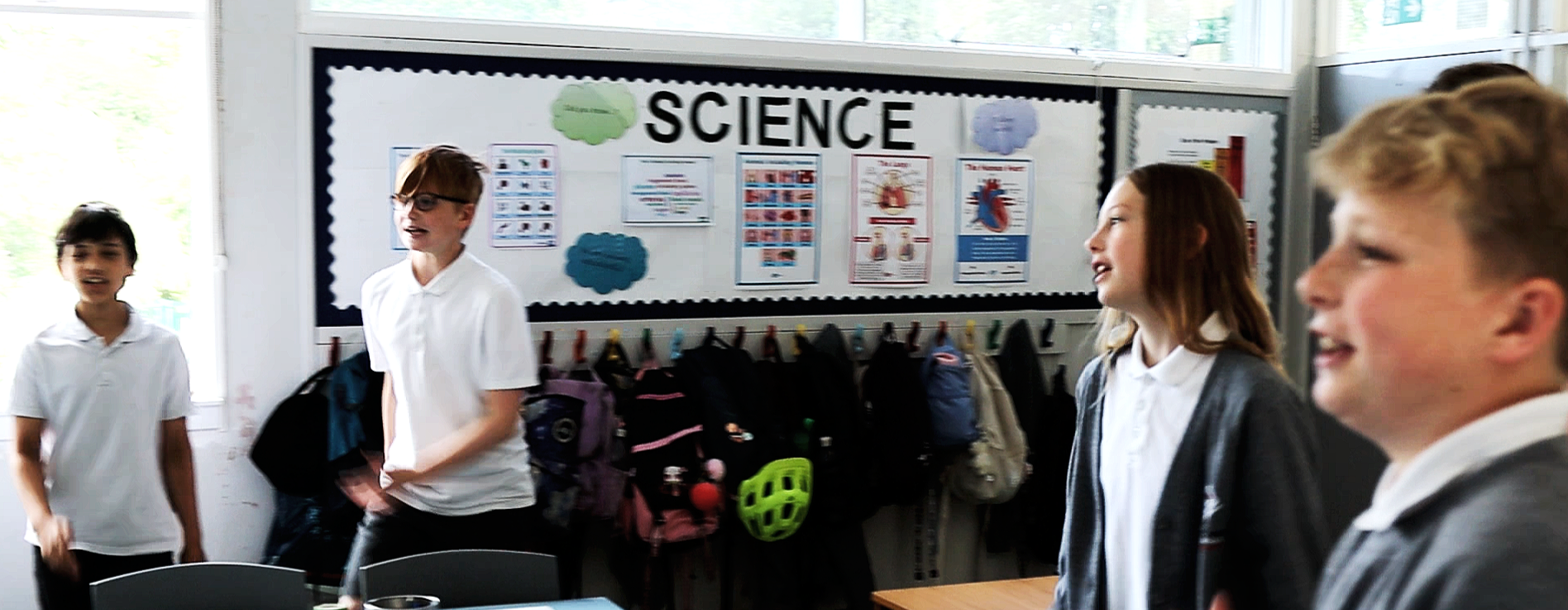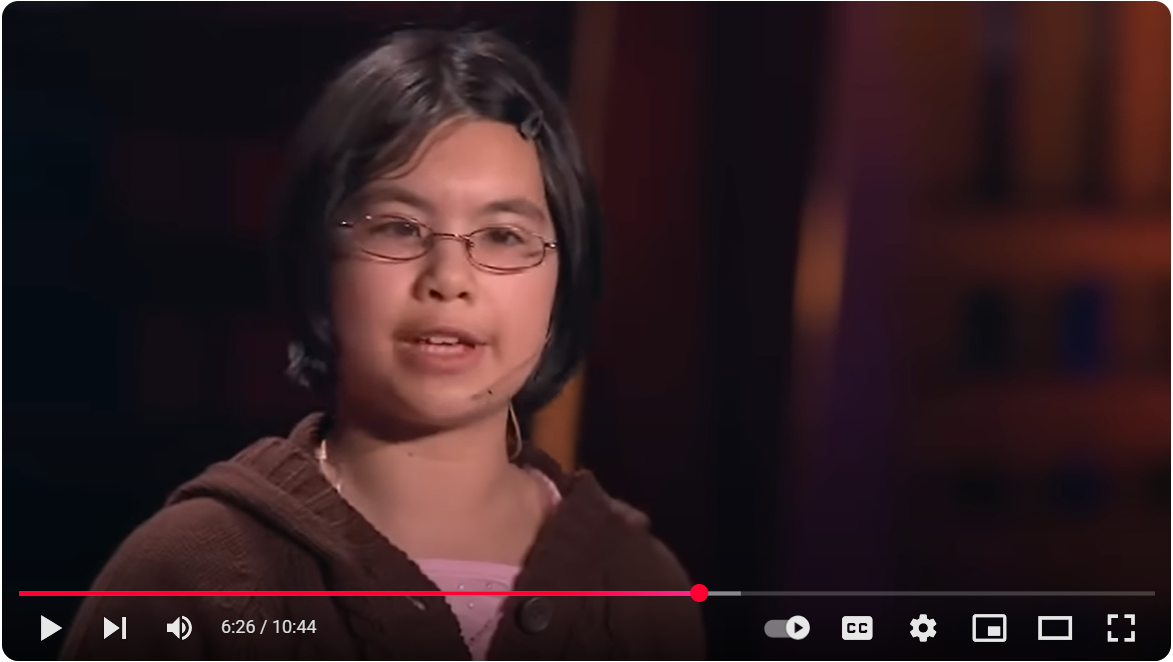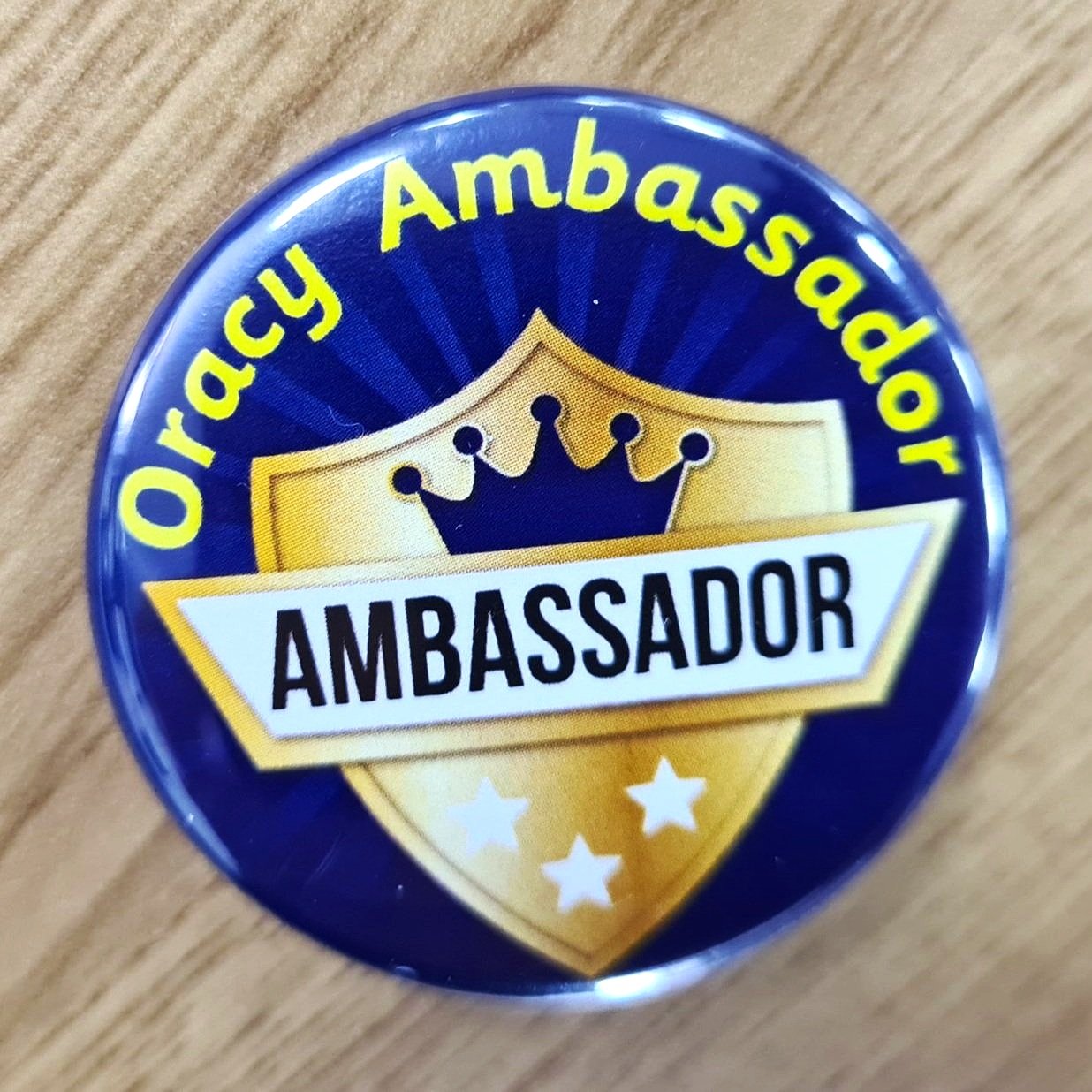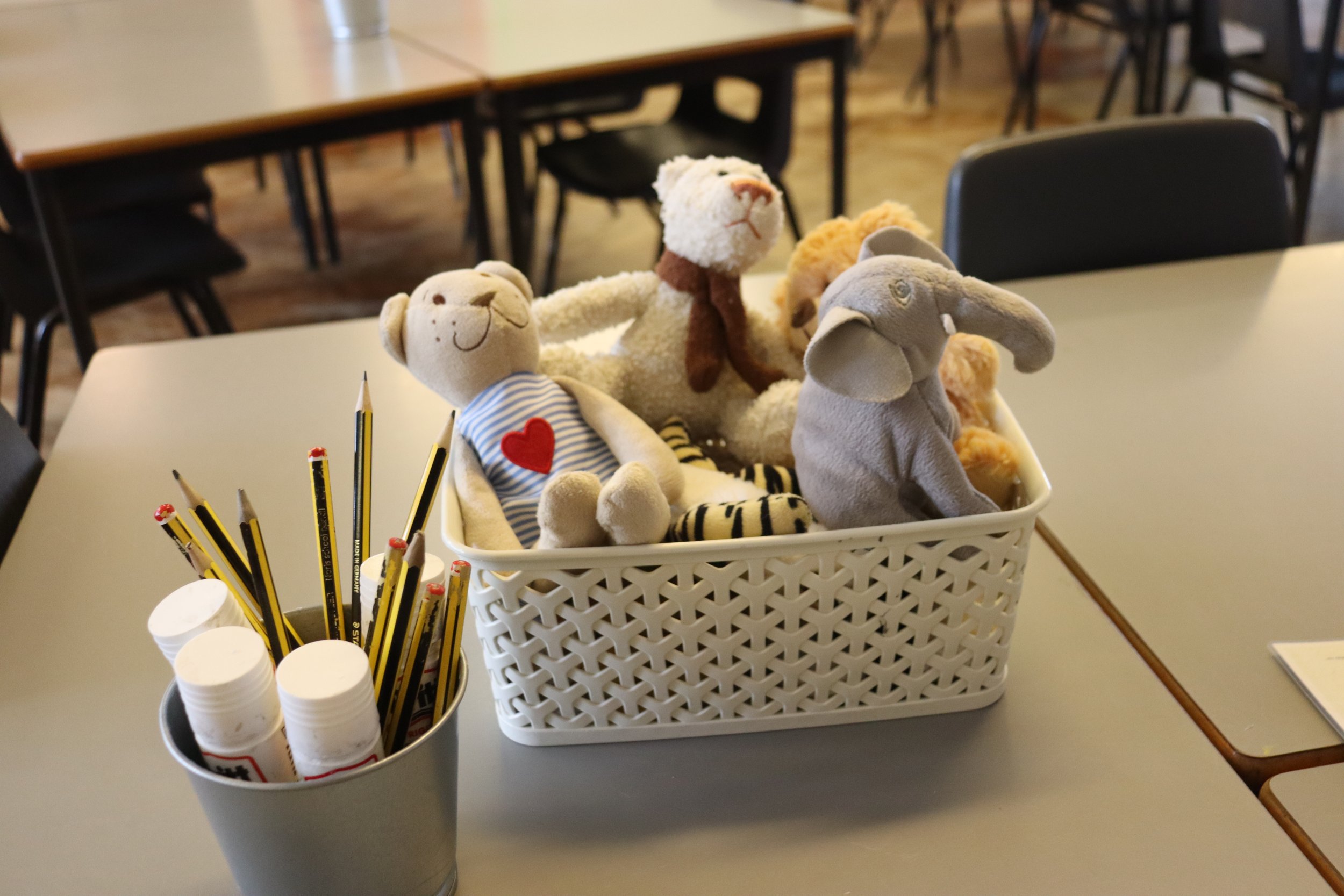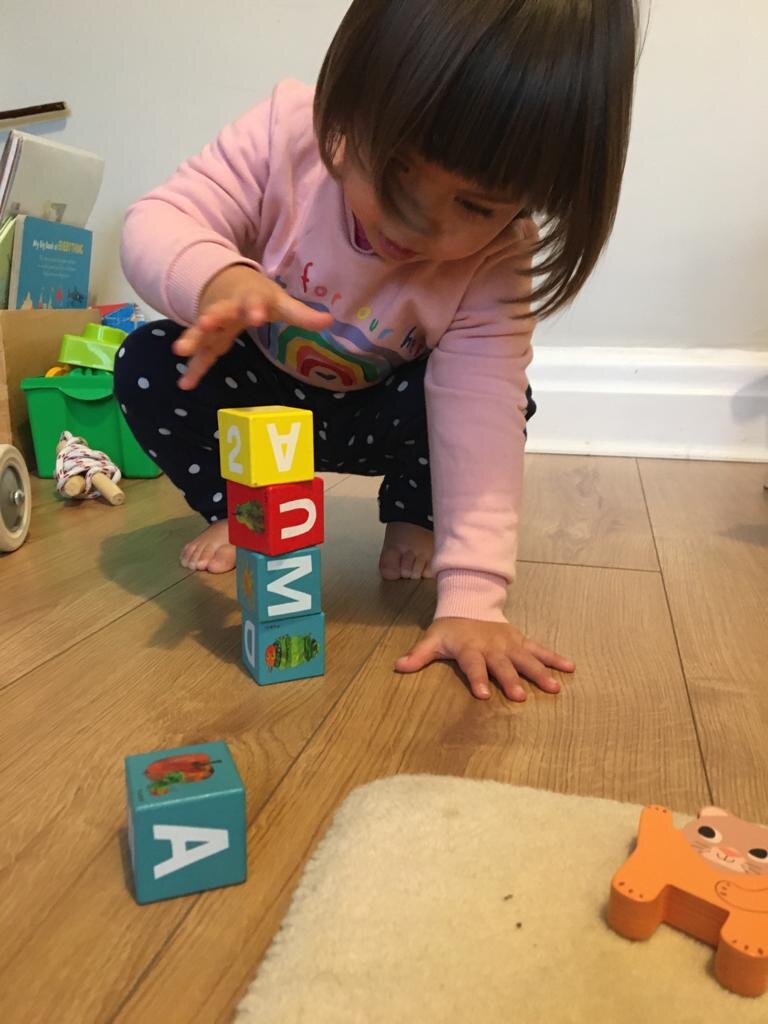
Photo by jesse orrico on Unsplash
Earlier this year, during a talk audit, I had the privilege of observing part of a very effective oracy-based science lesson. Here’s what happened:
The lesson started with a drawing and labelling task, in pairs. The task was clearly explained on the screen. The teacher paired up students as they entered the room (L, you work with S etc) and students started working together immediately on large shared whiteboards which the teacher had distributed around the room.
Next, the teacher asked the students to discuss in their pairs a question with many possible answers (Which of these words is the odd one out, and why?) The teacher selected some students to report back, then did some questioning, clarifying and emphasising.
The teacher then gave a clear, concise input, using a physical model of the heart to support her explanation.
Next came a revision task. The teacher showed new pairings on a slide and students moved quickly to work with their new partners – they were clearly used to doing this. Again, there was one resource per pair so the students had to collaborate, discussing their answers and reasons before noting their agreed answers into the practice test. (The lesson continued as I moved on to observe in another classroom.)
This lesson was impressively simple yet so effective. Through the teacher’s skilled planning, and the learning habits she had instilled in her students, no time was wasted and everyone was thinking, talking, listening and learning.
A structure which develops speaking and listening, and can be used across the curriculum
How one teacher raises accountability using a quick and simple technique
Give students opportunities to say and apply new vocabulary
How one teacher got everyone thinking, talking, listening and learning
Show your pupils that you are trying to understand their thinking
Pupils feel that P4C helps them with everything from relationships to confidence to staying calm
Using an unexpected event as a P4C stimulus
Why giving out ‘talking objects’ is worth the hassle
How one Salford teacher has improved oracy in her classroom using The Volumiser!
If you’re not yet doing P4C – this video will convince you. If you are, it will convince you to do more.



